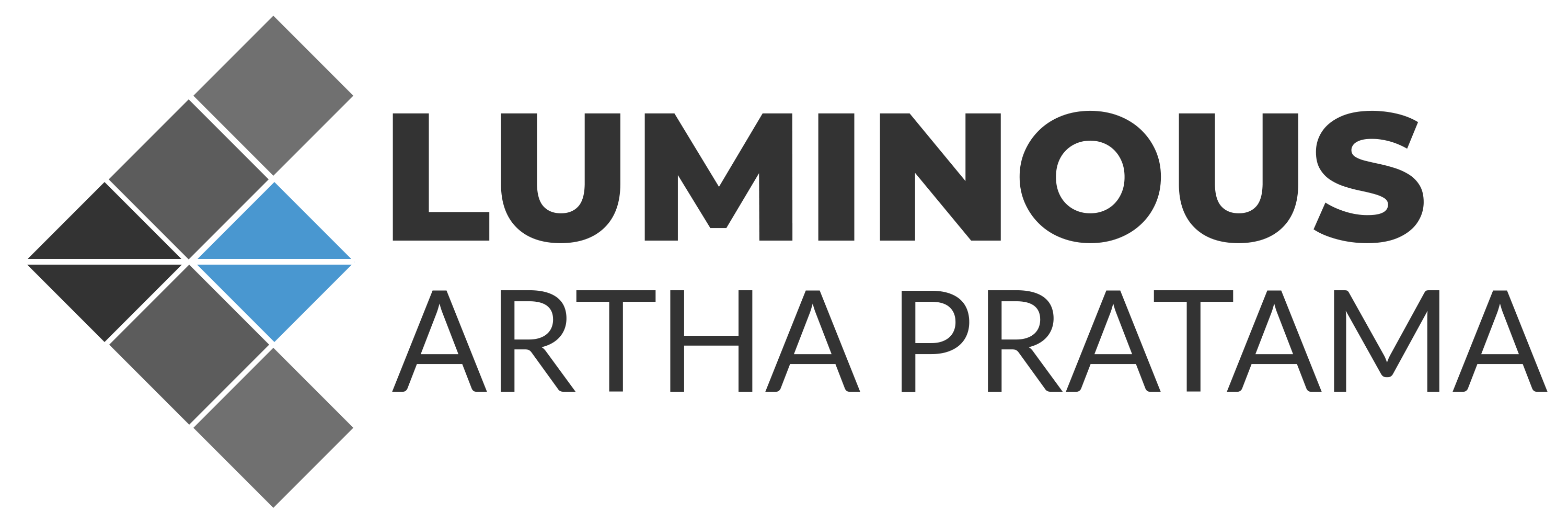Supply chain transparency and upstream product and raw material traceability are increasingly subject to supply chain due diligence regulations. Whether it’s the EU Sustainable Batteries Regulation, the Corporate Sustainability Reporting Directive (CSRD), or the recently approved Corporate Sustainability Due Diligence Directive (CSDDD), companies are legally obligated to understand their upstream supply chains and the origins of the raw materials, products, and services they procure. They must also take steps to assess, mitigate, and remediate negative social and environmental impacts.
As supply chain transparency pressures increase, we explore the typical issues this raises for companies and some potential digital solutions available today.
Purpose of Traceability
Supply chain mapping and traceability itself is not an end goal. Before embarking on a data-gathering exercise, companies must consider how they intend to use the resulting data. With LAP ESG Solutions, we encourage clients to think through the actions and decisions they need to make based on that data, as well as the underlying processes and resources required. For supply chain due diligence, this typically involves ascertaining the level of ESG risk associated with a specific supplier and making sourcing or remediation decisions accordingly.
Supply Chain Data Challenges
Some companies lack data, and what data they do have is fragmented and lacks digitization. The first step for these companies is to digitize and improve procurement systems and processes.
More commonly, however, companies collect some data on their upstream supply chains, but it is collected for another purpose and not in a form that can fulfill due diligence requirements. With LAP ESG Solutions, our advice is to mine existing data sources first and augment that data where possible, introducing a new compliance system or process around it. In some cases, companies will need to invest in a new digital platform.
Extent of Supply Chain Mapping
The extent of supply chain mapping depends on specific due diligence regulations and their associated requirements. Some regulations are very specific, while others are open to interpretation:
- EU Deforestation Directive (EUDR): Requires companies to trace agricultural commodities in high-risk origins back to the production unit.
- EU Sustainable Battery Directive: Requires companies to establish and operate a system of controls and transparency regarding the supply chain, including a chain of custody or traceability system, identifying upstream actors.
- CSDDD: Refers to a “chain of activities,” including the upstream (Tier N) supply chain based on a risk-based approach.
- German Supply Chain Act: Focused on tier 1 suppliers but should cover sub-tier suppliers if there is evidence or allegations of violations (social or environmental).
Our advice to companies is to map as far back in the supply chain as necessary to identify and manage sustainability risks and fulfill the principles set out in the regulation.
Choosing a Mapping Solution
As supply chain due diligence obligations increase, so too has the volume of SaaS providers offering supply chain mapping, ESG compliance, and traceability solutions. The vendor market is broad and diverse, making it challenging for companies to identify the right mapping solution for their supply chains and level of maturity at the right price point.
Here are a few options to consider:
- Automated Supplier ESG Information Cascading: These platforms connect to existing ERP systems and automatically cascade supplier ESG information/data requests through different supply chain tiers via an automated process and platform.
- Supply Chain Data and Mapping Providers: These platforms specialize in supply chain entity mapping, using publicly available trade records to build up a picture of supply chain linkages and product/material flows. Some platforms integrate sustainability risk assessment data.
- Digital Product Passports (DPP): Mandated by the EU (by 2026) for all electric vehicle batteries, DPPs are designed to collect supply chain and product sustainability data and share it with multiple stakeholders across the value chain, including consumers, customers, and regulators.
Each solution has its own value and focus, whether sectoral, product and raw material-focused, or based on the business need it serves.
Through LAP ESG Solutions, our advice to clients is to be clear on:
- What supply chain mapping data are you seeking and for what purpose? Is it for ESG compliance or a wider business value proposition such as resiliency or circularity?
- What decisions will that data support? Who will use the data internally, and how will they use it?
- Is the business collecting this or similar data already, and can an existing data collection process be leveraged or enhanced?
- How can the data be integrated into existing day-to-day risk and procurement decisions?
For more information on how we approach supply chain ESG due diligence, please contact us – LAP ESG Solutions


